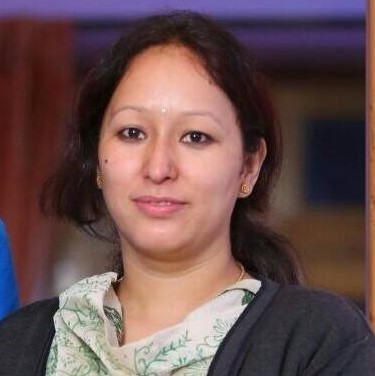Water Security through Inventory and Revival of Springs using Hydro- geological Action Research in Cold Desert Region of Himachal Pradesh
The project is perhaps the first-ever pilot study of spring rejuvenation in cold desert area of Himachal Pradesh; wherein water security through inventory and revival of springs was attempted using hydro-geological action research and active participation of community and other relevant stakeholders during the project activities in Lahaul Valley also known as a cold desert region of Himachal Pradesh. The region remained closed with snow for most of the times in a year, still the region faces acute water shortage in the summers. This is due to the reduction in the snowfall, receding of snow covered mountains, limited groundwater recharge and absence of the spring rejuvenation focused polices. The project activities were carried out specifically in Yangrang, Lapshak, and Rangway village in Lahaul Valley and by integrating scientific research, participatory approaches, and innovative conservation techniques. Through a systematic approach that combined spring inventory through primary and secondary source/survey (190 springs), spring water quality monitoring and discharge analysis, participatory interventions, and use of RS-GIS tools, the study provide comprehensive understanding of the region’s spring water dynamics and potential for rejuvenation.
Various policies/schemes/progarmmes of the Government of India were studied to identify the gaps specific to the management of spring, wherein possible future strategies could be built upon. From developing inventory of springs, ensuring their monitoring, thematic map preparation in GIS framework, identifying groundwater recharge potential zones, carrying out field interventions for spring rejuvenation, monitoring of spring water health through seasonal water quality index, community participation and engagement with line department this action research-based Spring Revival Model (AR-SRM), was implemented in the region. To assess the water quality of the region, physicochemical analysis of the water samples has been done during 2023 and 2024 during winter (March), Summer (June) and monsoon (August) of 30 springs. Water Quality Index (WQI) indicates that all spring water quality was good to excellent. The highest was observed 45.1 at Keylong spring still it was under the permissible limit. Pearson’s correlation and one-way ANOVA were applied to examine relationships among water quality parameters, which providing insights into both systematic and random influences. To develop a model to recharge the spring, a hydrogeological action research model was implemented in Yangrang village. Interventions included constructing 52 contour trenches and 12 percolation pits, selection based on geological and topographic suitability.
A comparative analysis of seasonal measurement of spring discharge before and after the intervention was carried out to understand the impact of intervention. It was observed that prior to the intervention, the water discharge was recorded at 65.1 liters per minute (LPM) in the monsoon of 2023, which found to be increased to 68.1 LPM, for Lapkshak-1 spring in year 2024, demonstrating the initial promising clue of spring discharge enhancement due to the recharge structures. Community participation played a central role in the project implementation, including the development of intervention model, water discharge monitoring, etc. Capacity building programmes during the project phase also raised awareness among the local stakeholders. In conclusion, the project successfully combined scientific assessment, technological innovation, and community participation to address water scarcity in Lahaul cold desert area. Under the shadow of climate change and developmental scenarios ensuring water security and better adaptation to climate is must. This project is addressing the same in the cold desert region of Himachal Pradesh. The integration of hydrogeological research with policy insights and localized action offers a replicable model for spring rejuvenation in other water-stressed mountainous regions. Based on the experience gained through this project, a remedial and replication plan was proposed for springshed management for its upscaling. The subsequent request from Lahaul Forest Division, Keylong, Himachal Pradesh; spring rejuvenation plan for 30 springs in each forest range (15 focused on drinking water and 15 for natural recharge of catchment and useful for plantation/nursery) was developed and submitted to the department for further replication/implementation, showed its upscaling potential and stakeholder demand for springs sources conservation and management.




